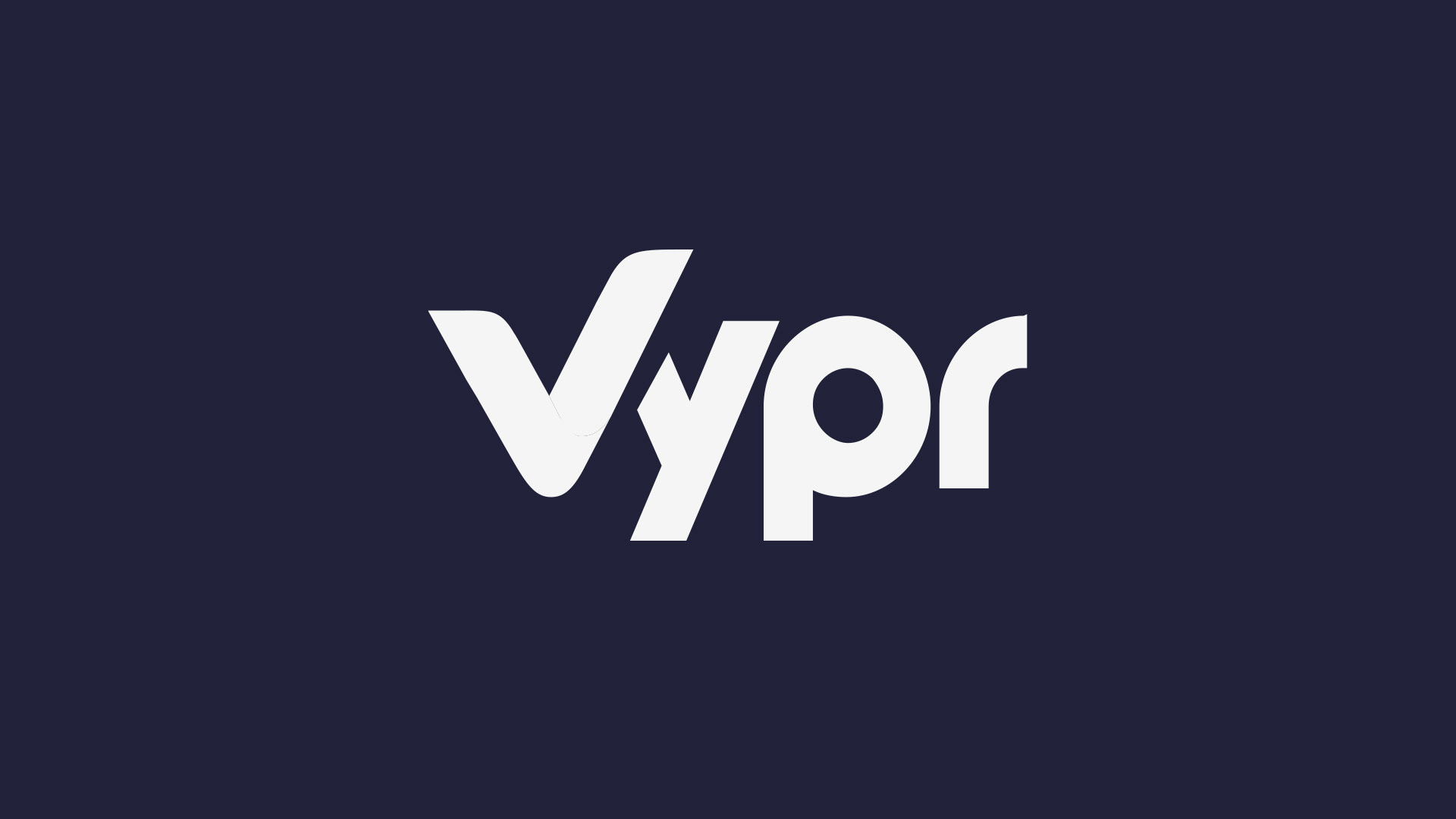Innovation 2.0 – The Future of Innovation

CPG innovation is currently lacking a crucial factor to success – intelligence. This continues to feed the consequences of wastage, a staggeringly low Return on Investment, and more critically, an incredibly high failure rate of above 80%.
Innovation 2.0 is set to transform this space, making ineffective product development a thing of the past, through innovation intelligence.
How Can Innovation Intelligence Transform Success?
By using consumer intelligence to drive and deliver product innovation, enabling successful new products every single time.
The following examples are evidence of how intelligence can transform success – for the future.
Calbee UK – Adapting Quickly to Changing Legislation
In the UK, recent legislation has been proposed to limit the promotion of foods High in Fat, Sugar, and Salt (HFSS). This means innovation is needed to ensure continued product success amongst a changing environment, that is discouraging the purchase of such foods.
To conduct this innovation, if sticking with old processes, many companies would first generate ideas, and try to ‘test’ them to see which should progress using a variety of methods.
These methods may include:
- Using evidence from prior reports they assume are still relevant, when in fact, consumer insight is constantly changing
- Using subjective “facts”, guessing, or simply going with the opinion of the highest paid person in the room
- Outsourcing research from third-parties or using small, unrepresentative focus groups
These methods all incorporate subjectivity, guesswork, and uncertainty to the development process, lacking what is fundamental in the world of Innovation 2.0 – robust intelligence, obtained quickly, guiding every product decision.
Calbee UK recognised the need for quick and robust research, so instead of following the above methodology, they obtained consumer intelligence online via the Vypr platform, which allowed them to adapt quickly to this changing environment.
Using this robust consumer intelligence, Calbee knew before they launched that their product range would resonate with consumers – Vypr intelligence data revealed that over 80% of major retailer shoppers surveyed said they would likely buy the new Harvest Snaps range. This gave Calbee the confidence to launch, and it also meant they could secure listings in multiple retailers as they could prove that consumers would buy the products.
GlaxoSmithKline (GSK) – Escaping Subjectivity
In our recently held Agile Innovation Summit, we discussed the application of an Agile methodology, that incorporates intelligence at every stage of the product development process, and encourages flexibility and quick responses to this validated consumer feedback.
Ellie Woods, Senior Consumer Scientist at GSK, discussed the benefit of this methodology compared to old, traditional methods.
She commented on an issue that occurs frequently in the product development process – a little question or concern popping up, that sends discussion round in circles, too small to justify traditional research methods, but big enough to cause friction in a team. She noted that these can often end up creating bigger disagreements in the team, which has an impact on the success of a product.
Innovation 2.0 can solve this issue. By using an Agile methodology, fuelled by innovation intelligence, answers can be obtained quickly and easily, by touching base with consumers, instead of continuing to guess and debate in the team.
This means people feel empowered to ask small questions without fear of slowing the process down, as one of the key principles of innovation intelligence is that data is flowing constantly – questions can be empirically tested on an ongoing basis, delivering data into the hands of those that need it, and quickly.
One further point Ellie raised was the issue of too much subjectivity in innovation settings, as detailed in the quote below:
“A lot of the times in meetings you’ll hear things like ‘consumers want’, or, ‘we tried that in 1997 and it didn’t work’, or ‘people are really crying out for (whatever) these days’, and these sweeping statements can make their way from one person’s opinion into fact very quickly in innovation settings, and if big sweeping statements like this go unchecked, they really are the biggest barriers to innovation.”
Innovation 2.0 can solve for this too – by incorporating consumer intelligence data throughout the innovation process, it’s easy to validate or disprove every statement that is made before these statements become a costly reality.
To find out more, watch the full recording here
Ella’s Kitchen – Prioritising Pipeline and Improving Efficiency
Also at the Agile Innovation Summit, Richard Polhill, Group Product Manager at Ella’s Kitchen, compared the way the company used to do things, compared to the new methodology.
Like many companies, Ella’s did recognise the importance of collecting consumer insight to guide New Product Development (NPD), but used to rely on an initial piece of insight that prompted ideas.
As this insight only guided the idea generation stage of the process, they would then end up with a lot of assumptions feeding into the development process further along the line – such as what price would work best, what recipe would work best, and more.
This would then lead to lots of questions if the product did not fare as well as hoped (such as, “Why is the product not doing well?” “Is there a need for it?”), meaning guesswork was now involved in the process. They would then change the product, relaunch, and try again.
Though products often succeeded, this methodology did lead to some quite big misses, and a high failure rate on some projects, as efficiency was not as optimised as it could be.
Ella’s recognised the impact this could have on reputation with stakeholders, which could affect their perceptions of future innovation and ability to secure listings. They then recognised the benefits of being more Agile in bringing ideas to life.
By applying robust consumer intelligence throughout their process through this methodology, they could prioritise ideas in the pipeline that would work before they had been through the costly process of development, meaning resources could be focused effectively.
Furthermore, they could inspire confidence in Ella’s ability to generate the right NPD, and it was also easy to provide stakeholders with the reasons why they made product decisions – on naming, pricing, and more.
Further Observations – Optimising Messaging
One final observation, that shows just how important intelligence is to distinguish the difference between innovating for the past, and the future, is an example from the Detergent Category.
In this category, the established view was to focus on how clean products could make things by eliminating dirt, as the commonly held view was that good mothers keep their kids clean.
Persil turned this on its head by uncovering the intelligence that actually, good mothers want their children to go outdoors, play, and get dirty, and still be able to return their clothes to a clean state afterwards. This led to the very successful ‘Dirt is Good’ campaign we still reference today.
This just goes to show, continuing to innovate for an irrelevant past using outdated data means creating extra work for yourself, trying to push a product with, as in this example, messaging that consumers no longer resonate with.
More and more companies are catching up to this methodology – not only will this help with success, it also means wastage will be reduced, which is a win-win situation – improving processes without sacrificing a thing.
That’s only a peek into the world of Innovation 2.0 – we learnt more about innovation for the future at our recent Virtual Conference, Innovate 2.0. We joined industry experts from Waitrose, Iceland, and more, to discuss real-world solutions to the challenges we face. Click here to request access to the recordings from the week.











